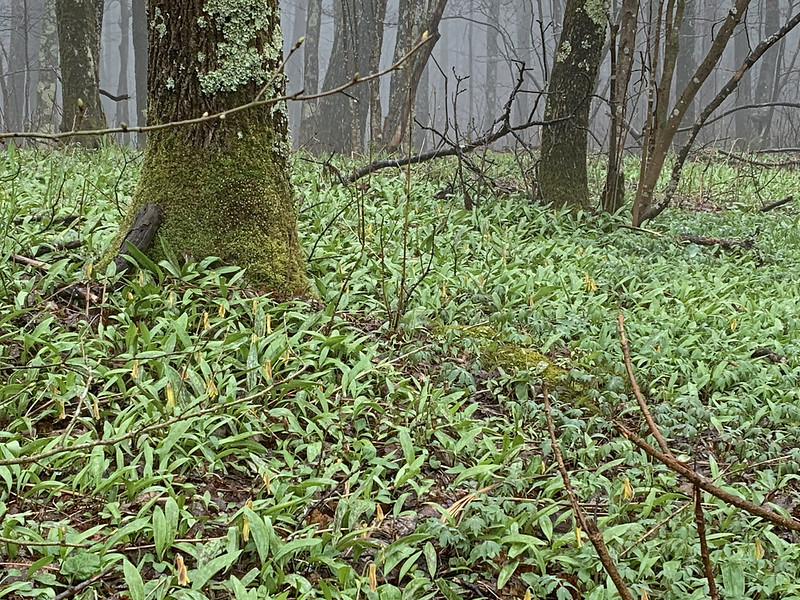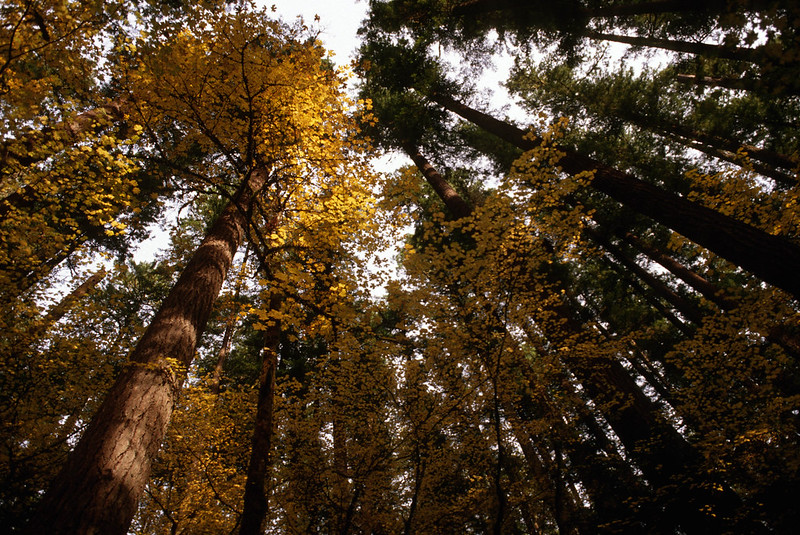Forest layers
Forests are home to many species of plants and animals. The species composition of forests varies depending on the climate, soil type, water conditions and other additional factors.
The species composition of plants and animals also varies in the vertical structure of the forest, and the forest can be divided into layers based on its structure.
Thus, different species of plants and animals can dominate or occur in each of these layers.
This is a very interesting fact describing the life and functioning of the forest.
In mature forests, the following division into layers can be distinguished.

Forest floor
On the forest floor, there are leaves, needles fallen from coniferous trees (which are also leaves). Additionally, there are fallen twigs, branches and trunks of dead trees, pieces of fallen tree bark. They decompose into forest litter. Forest litter performs a number of important functions, it protects the soil from excessive water loss and from excessively lowering or increasing soil temperature, which is important for tree roots.

Mosses, lichens, and fungi grow on the forest floor. The mycelium that enters into a mycorrhizal relationship with tree roots provides them with minerals from the forest soil. Animals found in this layer include insects, earthworms, rodents, amphibians, and selected species of reptiles.

Understory
Understory - consists of trees and shrubs that form a layer between the forest floor layer and the tree canopy layer. It can be developed differently in terms of species composition, the degree of density of the individual plants that make it up. Light conditions in the understory layer can also vary, depending largely on the degree of surface coverage by the layer formed by the tree canopy, the density of plants growing in the understory, the species composition of these plants in the understory. This layer is inhabited by many forest animals.

Canopy
Canopy - this uppermost layer in a forest is formed by the crowns of mature trees.

These crowns tower like an umbrella over the rest of the forest that grows below in their shade.
Emerging layer.
Emergent layer - in tropical rainforests, there is this additional layer towering over the other layers. It is formed by the tallest trees, which usually tower individually over the tree crown layer.
In botany and in selected countries, a different classification of forest vegetation is often used: tree, shrub, herb and moss layers.
The division of the forest into layers described here is visible to varying degrees, depending on the specific forest we are dealing with, even which part of this forest, because within one forest complex there can be large differences in species composition in selected areas and in the type of layers occurring.
Division into layers allows for a better and more accurate description of a given forest area, specifying the layers occurring in it, their species composition, including the percentage of species in a given layer, and the degree of plant density in a given layer.
The forest is alive, therefore it changes over time. These changes also apply to the layers occurring in the forest, over time they can change the species composition and plant density in a given layer.
source of information : wikipedia.org
